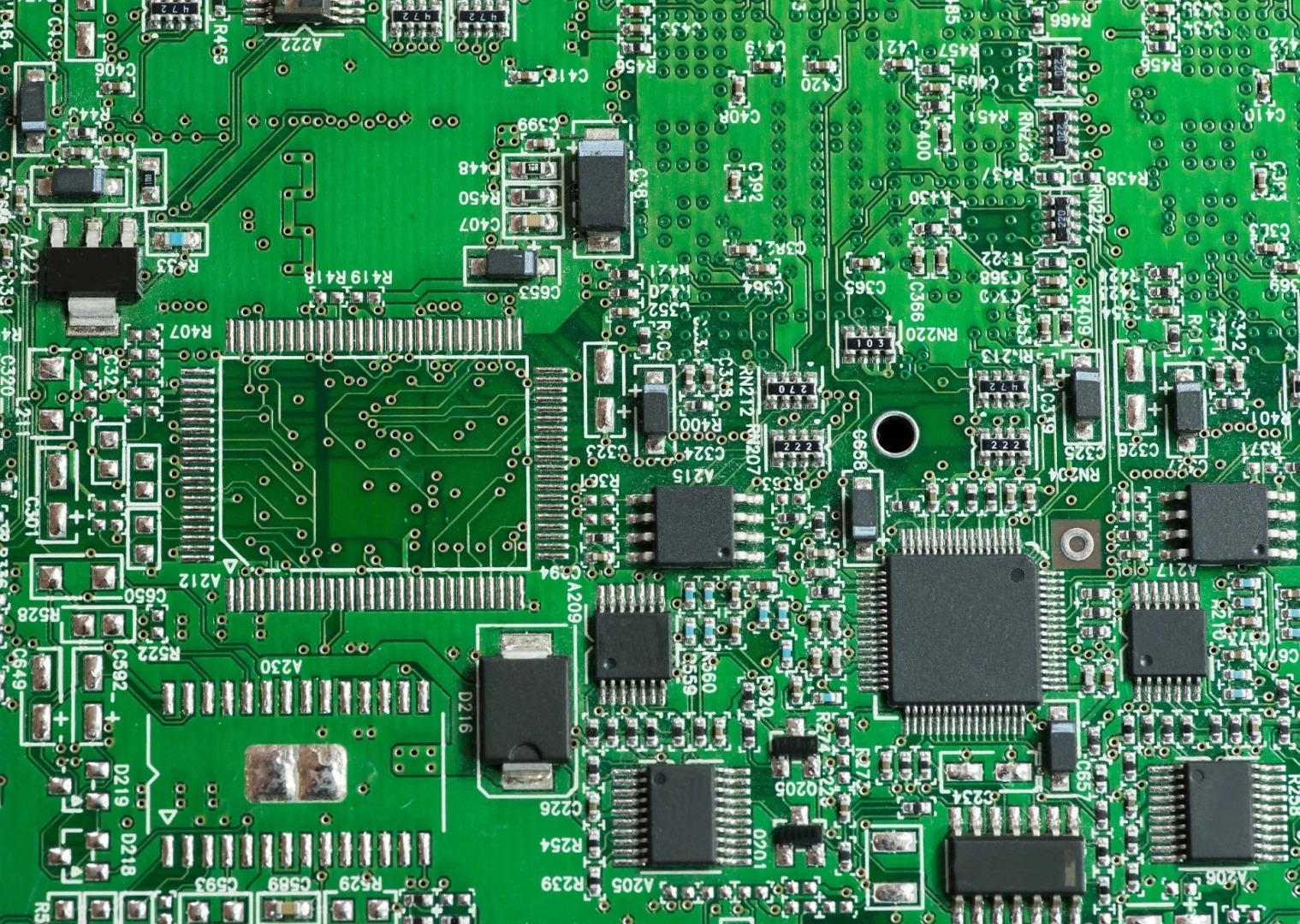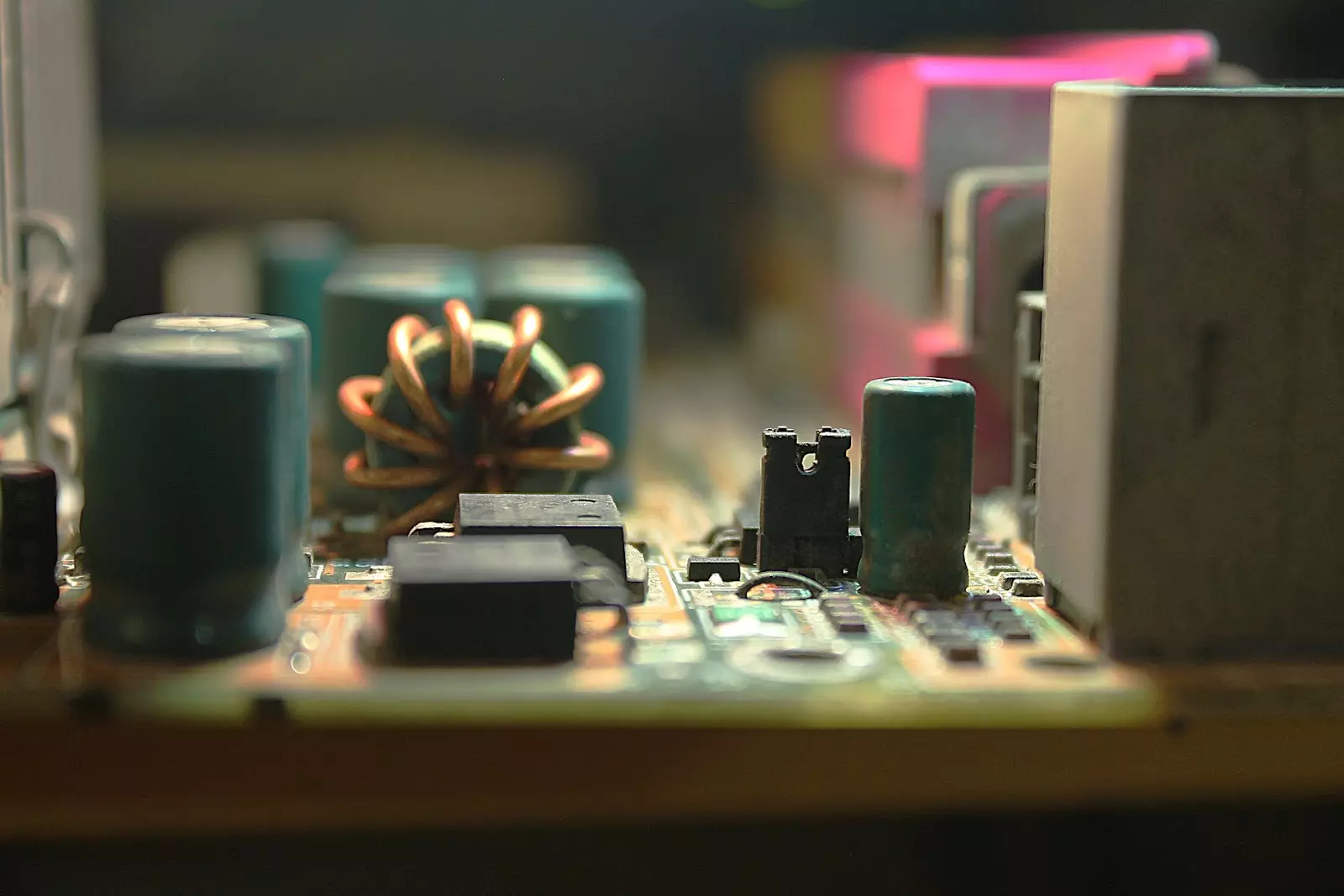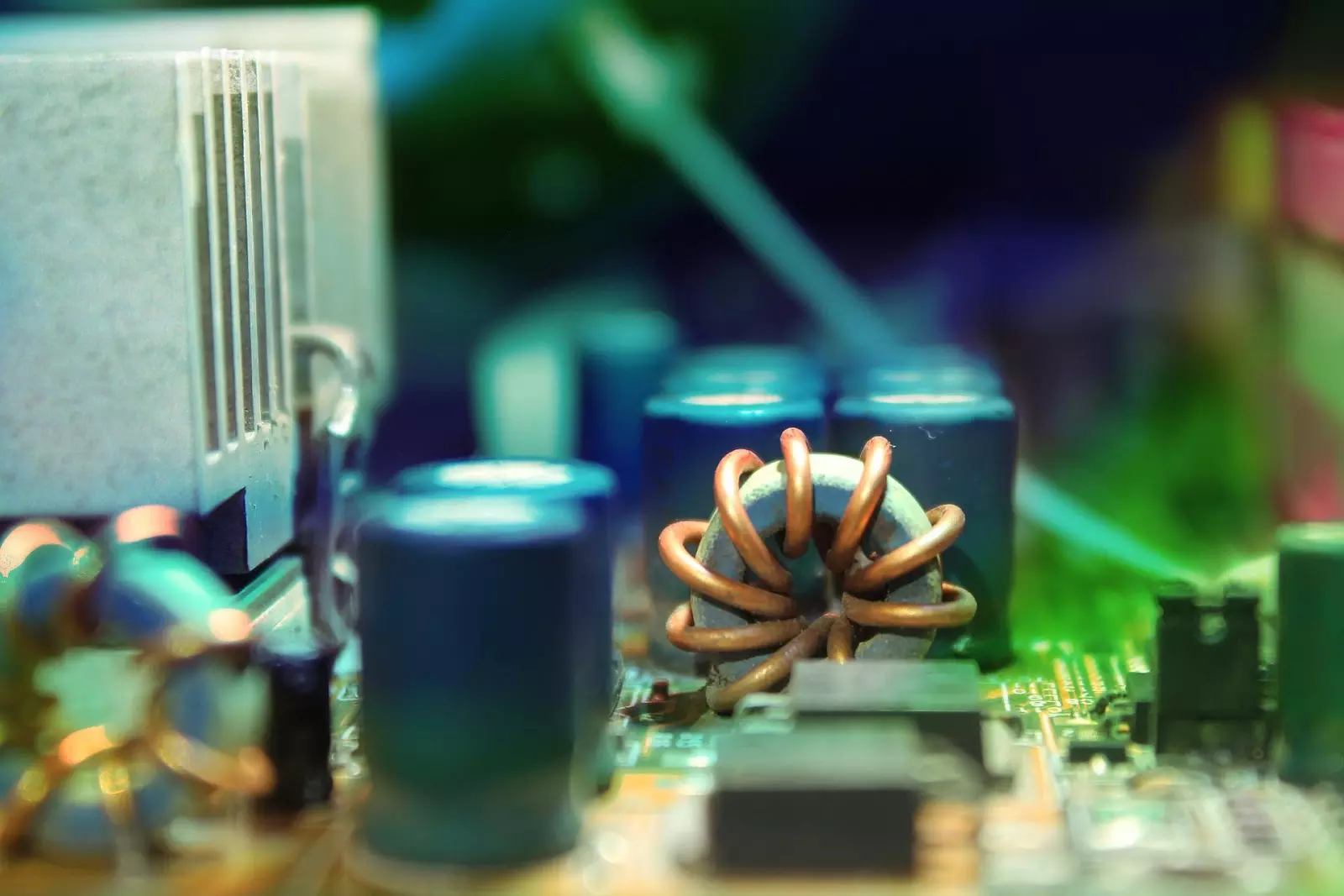Comments
- No comments found

Are you curious about the different types of equipment used in the PCB field?
Many different types of equipment can be used in the PCB field. Some are essential, while others are more optional. In this article, we will discuss some of the most common pieces of equipment used in PCB fabrication. Keep in mind that this is not an exhaustive list - every shop will have its own unique set of tools and machines that they use to get the job done.
Before diving deep, it's also vital to remember to maintain PCB equipment regularly to ensure precision and reliability in production. Power integrity analysis tools are particularly important in PCB design, as they help in assessing and ensuring the distribution of power across the circuit board is stable and efficient, preventing issues like voltage drop or fluctuation that can affect the performance of the final product.
Let's look at some of the most popular pieces of gear.

Conveyors are one of the most commonly used pieces of equipment in the PCB field. They are used to move boards from one stage of the manufacturing process to the next. Many conveyors are available, each with unique features and benefits. They can be either linear or rotary. Linear conveyors move boards in a straight line, while rotary conveyors move them in a circular motion.
When choosing conveyors, it is important to consider your manufacturing process's speed and accuracy requirements. Faster conveyors are not always more accurate, and vice versa. It is also important to choose a conveyor that can handle the weight and size of your PCBs.
Pick and place equipment is used to place components on a PCB. These machines are very fast and accurate and can place various components, from large integrated circuits (ICs) to small resistors and capacitors. They are classified according to their number of heads and placement rate. Single-head machines are the most common, but dual-head and quad-head machines are also available.
The number of heads you need will depend on the components you use and the speed you need to place them. For example, if you are using large ICs, a single-head machine may be sufficient. However, a quad-head machine may be necessary if you need to place many small components quickly. It is important to consult with a pick-and-place machine expert to find the best machine for your needs.
Resistors are one of the most common types of components used in PCBs. They are used to resist the flow of current and can be either through-hole or surface-mount. Through-hole resistors are mounted on the top and bottom sides of a PCB, while surface-mount resistors are mounted on the top side only.
Resistors come in a variety of shapes and sizes. The size you need will depend on your current situation and the amount of space you have on your PCB. For instance, if you need to save space on your PCB, you may want to use surface-mount resistors. However, if you are working with high currents, through-hole resistors may be a better option. When choosing resistors, it is important to consider the power rating, tolerance, and temperature coefficient. The power rating is the maximum amount of power the resistor can handle.
Capacitors are another common type of component used in PCBs. They are used to store electrical charge and can be either through-hole or surface-mount. Through-hole capacitors are mounted on the top and bottom sides of a PCB, while surface-mount capacitors are mounted on the top side only. Like resistors, capacitors come in a variety of shapes and sizes. The size you need will depend on the amount of charge you need to store.
There are two main types of capacitors: electrolytic and ceramic. Electrolytic capacitors are made of aluminum or tantalum and can store a large amount of charge. Ceramic capacitors are made of various materials, including barium titanate, strontium titanate, and titanium dioxide. They can store a smaller amount of charge than electrolytic capacitors but are smaller in size.
Transformers are used to transfer electrical energy from one circuit to another. They can be used to change the voltage and current in a circuit. Transformers are made up of two wires, the primary and secondary coils. The primary coil is connected to the power source, and the secondary coil is connected to the load. When the primary coil is energized, it creates a magnetic field that induces a current in the secondary coil.
The most common type of transformer is the step-down transformer. It is used to reduce the voltage in a circuit. The step-up transformer is used to increase the voltage in a circuit. The isolation transformer is used to isolate one circuit from another. Transformers are classified by their power rating, frequency range, and efficiency. For instance, a transformer with a power rating of 100 watts can be used to transfer electrical energy from a voltage source of 110 volts to a load of 220 volts.
A flying probe tester is used to test printed circuit boards. It consists of two probes that are mounted on a moving platform. The probes are connected to the test points on the circuit board. The flying probe tester can be used to test for shorts, open circuits, and leakage currents. You can also use it to measure the resistance and capacitance of the circuit board.
When choosing a flying probe tester, it is important to consider the number of probes, the probe speed, and the tester's accuracy. The number of probes you need will depend on your circuit board's number of test points. The probe speed is the speed at which the probes move from one test point to another. The tester's accuracy is the margin of error in the measurements.

Switches and relays control the flow of electricity in a circuit. You can use them to turn a circuit on or off or change the current's direction. Switches and relays are made up of the contacts and the actuator. The contacts are made of conducting material, such as copper or silver, and the actuator is made of an insulating material, such as plastic or glass.
When a switch or relay is turned on, the contacts close and allow electricity to flow through the circuit. When the switch or relay is turned off, the contacts open and stop the flow of electricity. Switches and relays can be operated manually or by a signal from another device.
Manually operated switches and relays are used in household electrical circuits, such as light switches and appliance switches. Signal-operated switches and relays are used in industrial applications, such as automated manufacturing processes.
The above examples are of the many different types of equipment used in the PCB field. Each has its purpose and function. When choosing equipment for your PCB project, it is important to consider the type of project you are working on and the level of complexity. With the right equipment, you can create a printed circuit board that meets your needs.
Leave your comments
Post comment as a guest